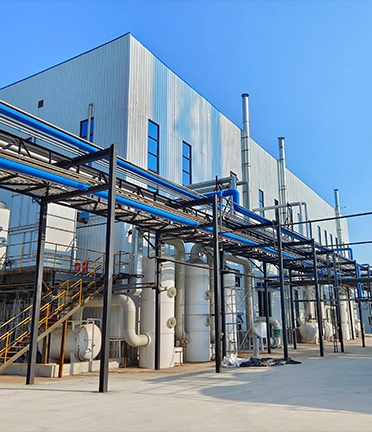Amino Trimethylene Phosphonic Acid Applications and Benefits in Industrial Processes
Amino Trimethylene Phosphonic Acid (ATMP) Properties, Applications, and Future Perspectives
Amino trimethylene phosphonic acid (ATMP) is an important organic phosphonic acid that has gained significant attention in various industrial applications. With its unique chemical structure and properties, ATMP offers a wide range of benefits, making it a valuable asset in fields such as water treatment, scale inhibition, chelation, and corrosion prevention.
Chemical Structure and Properties
ATMP is characterized by its amino and phosphonic functional groups. The chemical formula for ATMP is C4H12N1O6P, and it contains one amino group, three methylene groups, and one phosphonic acid group. This structure allows ATMP to display strong chelating properties, which enable it to effectively bind metal ions in solution. As a result, ATMP is particularly effective in preventing scale formation caused by calcium, magnesium, and other metal ions.
ATMP is soluble in water, making it suitable for use in various aqueous systems. The acid dissociation constant of ATMP indicates that it can exist in both ionic and neutral forms, allowing for dynamic interactions within different environments and enhancing its multifunctional capabilities. Moreover, the presence of both the amino and phosphonic groups allows ATMP to act as a ligand in coordination chemistry, further expanding its potential applications.
Applications of ATMP
One of the primary applications of ATMP is in water treatment. The phosphonic acid functionality gives ATMP excellent scale inhibition properties, preventing the precipitation of mineral scales in water systems. As a result, ATMP is widely used in cooling water systems, boilers, and reverse osmosis processes. By controlling scale formation, ATMP helps maintain the efficiency and longevity of water treatment systems, reducing downtime and maintenance costs.
amino trimethylene phosphonic acid atmp

In addition to its scale inhibition properties, ATMP serves as a corrosion inhibitor. The chelating ability of ATMP allows it to bind to metal ions, forming stable complexes that reduce the likelihood of corrosion in metal surfaces. This makes ATMP particularly valuable in applications within the oil and gas industry, as well as in industrial machinery where metal surfaces are exposed to corrosive environments.
Another notable application of ATMP is in the field of agriculture. ATMP is used as a chelating agent for micronutrients in fertilizers, improving the availability of essential nutrients to plants. The ability of ATMP to keep metal ions soluble enhances the efficacy of fertilizers, contributing to increased agricultural productivity and sustainability.
Future Perspectives
As industries continue to seek more sustainable and effective solutions, the demand for versatile chelating agents like ATMP is expected to grow. Ongoing research is exploring the potential of ATMP in various emerging applications, including bioremediation, biodegradable materials, and advanced materials for energy storage.
Moreover, advancements in synthetic methodologies may lead to the development of novel derivatives of ATMP with enhanced properties tailored for specific applications. This could result in more efficient formulations for water treatment, agricultural products, and corrosion inhibitors.
In conclusion, amino trimethylene phosphonic acid (ATMP) is a multifunctional compound with significant importance in various industrial sectors. Its unique properties make it an effective scale inhibitor, corrosion inhibitor, and chelating agent. As research continues to unveil new opportunities and applications, ATMP is poised to play a crucial role in addressing the challenges of modern industry and environmental sustainability. The future of ATMP looks promising, and its continued exploration may lead to innovative solutions that benefit multiple fields.
-
Water Treatment with Flocculant Water TreatmentNewsJun.12,2025
-
Polymaleic AnhydrideNewsJun.12,2025
-
Polyaspartic AcidNewsJun.12,2025
-
Enhance Industrial Processes with IsothiazolinonesNewsJun.12,2025
-
Enhance Industrial Processes with PBTCA SolutionsNewsJun.12,2025
-
Dodecyldimethylbenzylammonium Chloride SolutionsNewsJun.12,2025





